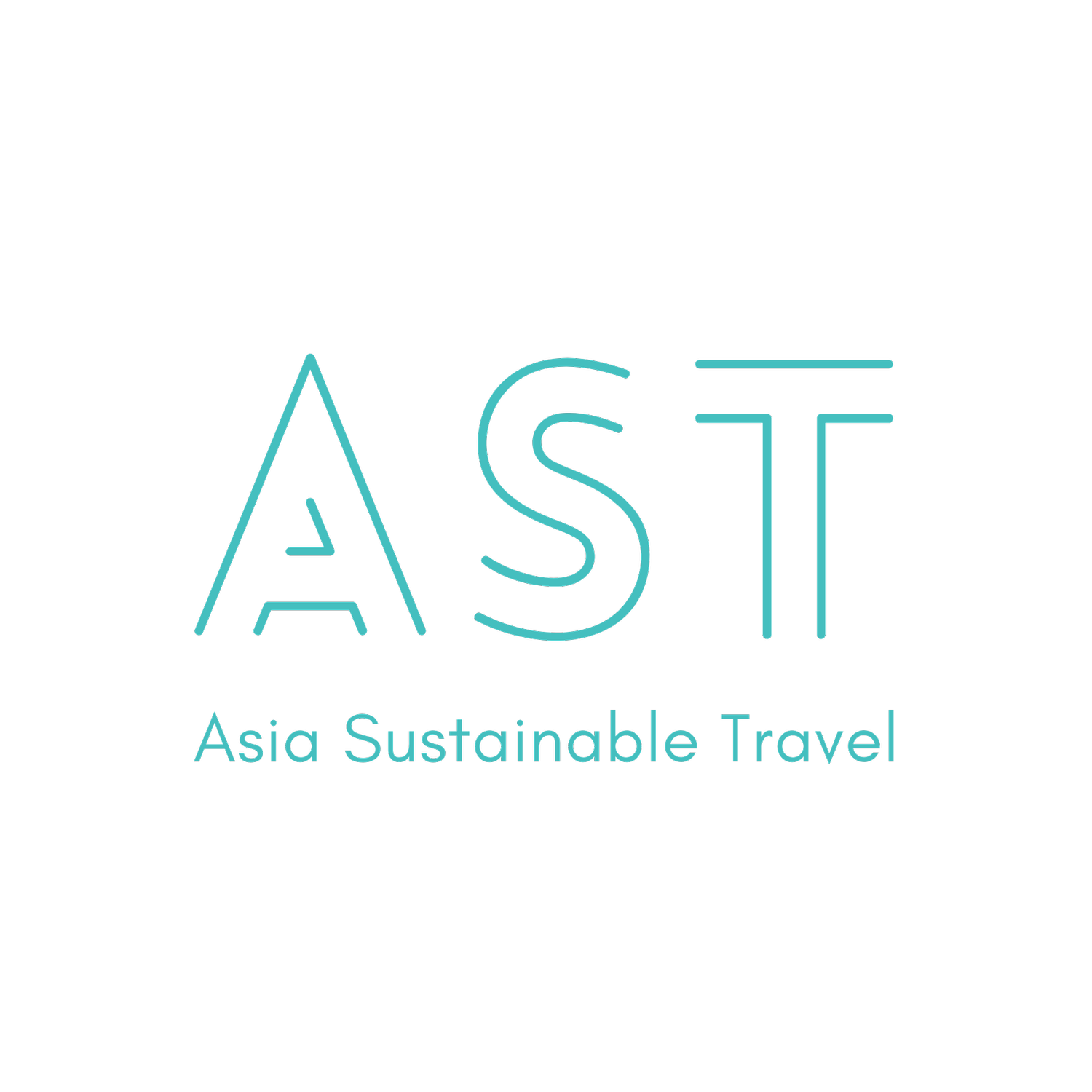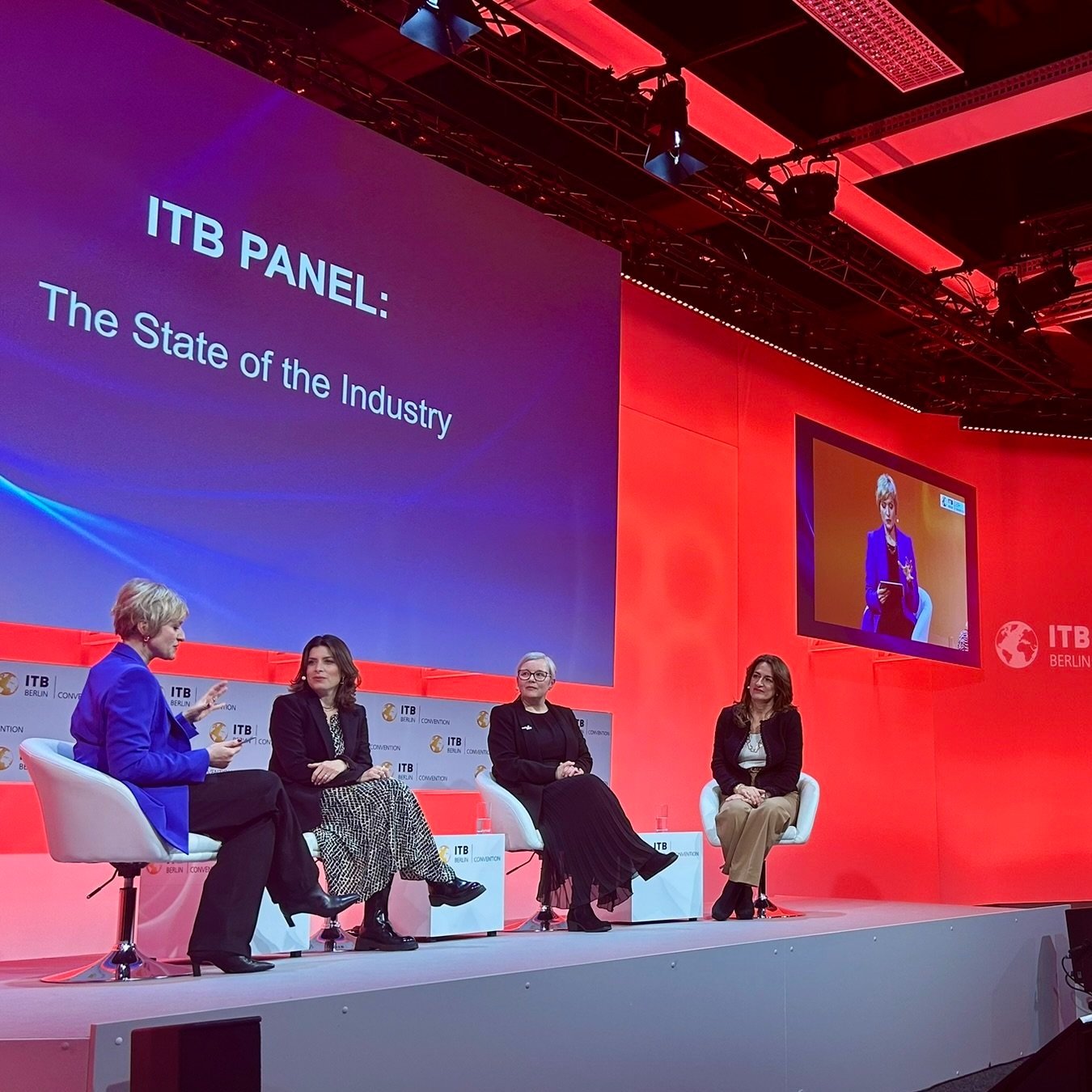Cut the Waste & Emissions, Not the Flavor: Tech-Driven Solutions for Hotels & Restaurants
Each year, the hospitality sector faces significant financial losses while contributing to a global food waste crisis, with over USD 1 trillion worth of food discarded annually. According to the UN Environment Programme (UNEP), over 1 billion tonnes of food were wasted in 2022 alone, contributing 8 to 10% of global greenhouse gas emissions. That’s almost five times more than the emissions from the aviation industry. Paired with the travel and tourism industry’s 6.5% share of global emissions, the ecological footprint of business-as-usual hospitality operations is impossible to ignore.
For hotels and restaurants in Asia, the challenges are compounded by fragmented supply chains due to inadequate infrastructure, varying levels of technology adoption, and deeply rooted cultural dining traditions. These factors demand innovative, region-specific solutions for sustainable operations.
Fortunately, technological advancements provide the industry with tools to bridge these gaps. Innovations like AI-powered forecasting and blockchain for supply chain transparency help hoteliers and restaurateurs improve their operations and rethink sustainable dining.
Below, we look at actionable strategies and technologies driving this shift, along with their limitations and trade-offs.
Technology Driving Sustainable Dining
AI for Smart Planning, Menu Engineering, and Waste Control
Artificial intelligence (AI) is proving to be one of the most powerful tools in reducing food waste by addressing inefficiencies in kitchen operations. Through advanced data analysis, AI can forecast diner demand, identify waste hotspots, and enable data-informed menu adjustments.
An example is Mandarin Oriental, Hong Kong, which achieved a 73% reduction in food waste by deploying Winnow’s AI-powered tool in 2024. The technology analyzed historical data and identified overproduction during weekends when demand dipped by 30–40%. This enabled the hotel to adapt its preparation efforts and find innovative ways to use excess vegetables and rice by turning them into dishes like stews and fried rice. Any waste that couldn’t be avoided was processed in a food digester to create fertilizer for nearby farms.
These initiatives prevented 36 tonnes of CO₂e emissions annually, saved 21,000 meals from going to waste, and achieved a remarkable financial saving of HKD 375,000.
Photos by Mandarin Oriental, Hong Kong
Accor has also embraced AI to promote sustainable dining through collaborations with startups across its global properties. The group uses Winnow to analyze surplus food data, enabling kitchens to refine menus and reduce waste at its source. Fairmont Jakarta reduced food waste by 16% in just one year, preventing 1.6 tons of waste from going to landfills. Similarly, Novotel London Excel achieved a 39% reduction, saving 12 tons of food waste over the same period.
Orbisk, a tool that tracks leftovers to understand what’s being discarded, has been equally impactful. At Sofitel The Palm in Dubai, it cut food waste by 13% over five months, equivalent to 3 tons annually. Novotel Amsterdam Schiphol Airport reduced waste by 35%, stopping 8 tons of waste over two years. Both hotels used Orbisk’s insights to adjust their menus and improve menu ingredient planning.
Accor also uses Fullsoon, a predictive management tool that helps estimate the number of diners, dishes ordered, and ingredients needed. This simplifies purchasing and preparation, minimizing overstocking and reducing waste before it even happens.
Photo by Accor
However, AI tools are not without limitations. The initial implementation cost can be high, particularly for smaller establishments. These systems also require ongoing staff training to ensure optimal use and regular updates to adapt to changing consumer preferences.
Key takeaways:
Start small with AI-powered tools that focus on one aspect, such as surplus tracking, before scaling to broader applications.
Regularly educate kitchen and service staff on interpreting AI data to make real-time adjustments to inventory and production.
Photo by Winnow
Blockchain for Supply Chain Transparency
Blockchain technology addresses a critical pain point in the food industry: fragmented and opaque supply chains. By recording each step of food production and transportation in an immutable digital ledger, blockchain allows businesses to verify the suppliers' origins, sustainability credentials, and ethical practices.
For instance, CP Foods in Thailand uses blockchain to monitor pork and chicken products, attaching QR codes to packaging that enable consumers to view detailed sourcing information.
Similarly, Singapore’s GrowHub offers end-to-end traceability for food products, tracking every stage of the supply chain.
TraceX's blockchain-enabled traceability system enhances consumer trust and supply chain transparency. Scanning a QR code gives customers instant access to information such as ingredient origins, processing methods, farming practices, and certifications.
However, blockchain implementation comes with its own challenges. The technology is energy-intensive, particularly when operating on large scales, and must be paired with renewable energy sources to minimize its footprint. Moreover, its effectiveness is contingent on consistent and accurate data entry. Without rigorous oversight, blockchain risks perpetuating inaccuracies rather than solving them.
Key takeaways:
Pair blockchain adoption with robust supplier partnerships to ensure accurate, verified data entry.
Advocate for government or private-sector subsidies to offset the initial costs of implementing large-scale and system-level blockchain solutions.
Digital Tools for Conscious Dining
Digital menu boards and QR code menus are emerging as powerful tools for reducing waste and enhancing operational efficiency. By eliminating paper menus and allowing real-time updates, digital boards significantly cut paper consumption while promoting dynamic customer engagement.
QR code menus can also provide valuable insights and data for businesses. By tracking customer interactions with the digital menu, restaurants can gather information on popular dishes, order frequency, and customer preferences. This data can then be used to tailor marketing strategies and improve overall operations.
Photo by Nento
Mobile apps help promote mindful dining and provide hoteliers and restaurateurs with tools to meet the growing demand for transparency and ethical dining.
Mobile apps like Floop, Too Good To Go, and Yindii empower both businesses and consumers to reduce their environmental impact.
Floop helps diners calculate the carbon footprint of their meals and discover low-carbon menu options. Restaurant managers can use this app to review their menus, allowing them to feature more low-carbon dishes.
Too Good To Go and Yindii provide a scalable model for tackling food waste. This platform connects businesses with consumers looking to purchase surplus food at reduced prices. Hotels and restaurants can leverage this tool to reduce their daily food waste, save costs, and better manage inventory, all while attracting eco-conscious diners.
Photos by Too Good To Go
Photos by Yindii
That said, the environmental impact of digital solutions should not be ignored. From the production and maintenance of display hardware to the energy demands of cloud servers, businesses must account for these factors when implementing digital menus. Recycling efforts and energy-efficient practices can further reduce the overall footprint.
Key takeaways:
Use energy-efficient digital screens and encourage suppliers to reclaim old hardware for recycling.
Partner with tech platforms that prioritize renewable energy to power servers that store digital menu data.
Tailored Solutions for Asian Hospitality
Overcoming Fragmented Supply Chains
Asia faces significant challenges in maintaining resilient supply chains due to heavy reliance on long-haul transport and infrastructure inefficiencies. Hyperlocal farming initiatives provide a practical pathway to addressing these issues.
FarmByte is a digital-driven food aggregator leading the transformation of Malaysia’s agrofood sector. By leveraging innovative, data-driven technologies, FarmByte enhances the entire agrofood value chain. Their services include the FarmByte Farmer App, which automates processes and provides market insights, and the FarmByte Marketplace, which connects producers to consumers for secure transactions. They also operate state-of-the-art Collection, Processing, and Packaging Centers (CPPC) and cold chain facilities to maintain product freshness and reduce waste.
Photos by FarmByte
Meanwhile, Singapore’s Sky Greens has pioneered hydraulic vertical farming systems that require minimal land while producing year-round crops. These initiatives cut transportation emissions and improve the freshness and quality of ingredients, offering a reliable alternative to imported produce.
Key takeaways:
Source locally and seasonally.
Build partnerships with hyperlocal farms or urban agricultural initiatives. Ensure traceability through blockchain or QR code technologies for greater transparency and consumer trust.
>> Read this article on how some restaurants resort to rooftop gardens and vertical farming to help reduce food miles.
Addressing Technology Gaps and Costs
For small and medium-sized enterprises (SMEs), scaling technology adoption is often hindered by cost. Subscription-based Software-as-a-Service (SaaS) platforms like HowGood and inoqo offer lower-cost, accessible alternatives.
By consolidating data and providing AI-driven insights, these platforms help businesses measure their environmental impact and develop actionable plans for improvement.
Key takeaway:
Start with SaaS platforms offering pay-as-you-go or subscription models. Invest in shared industry resources, such as forecast tools, to mitigate initial costs.
Photo by HowGood
Navigating Cultural Dining Norms
Asia’s rich culinary traditions, such as elaborate banquets or communal dining, carry significant social value but can inadvertently lead to food waste. These practices often prioritize abundance as a sign of hospitality, resulting in surplus food. To address this, sustainable solutions must thoughtfully honor these traditions while improving efficiency.
Technology plays a key role in bridging this gap. Tools like Orbisk help analyze portion sizes and highlight waste patterns, while predictive analytics guide chefs in preparing just the right amount for group meals.
Key takeaway:
Train staff to use real-time portion-sizing tools and encourage dialogue with diners about personalizing menus to minimize waste without compromising cultural integrity, creating a more sustainable dining experience.
A Smarter Path Forward
To achieve sustainability, Asia’s hospitality industry must address unique challenges like fragmented supply chains and cultural dining norms with targeted and nuanced solutions.
Technologies such as AI, blockchain, and SaaS platforms can drive measurable change when applied strategically. AI tools optimize food production to cut waste while blockchain enhances transparency in supply chains, allowing businesses to verify sustainable sourcing and hold suppliers accountable. SaaS platforms offer affordable insights that help businesses lower emissions and operational costs.
By combining these innovations with respect for cultural practices, such as minimizing waste in shared dining without sacrificing tradition, the industry can achieve practical outcomes that balance progress with responsibility.



















